Why do lemon leaves curl and how to solve the problem?
The indoor lemon tree requires care. In order for it to feel comfortable, develop harmoniously, bloom and bear fruit, it is important to follow the rules of agricultural technology and constantly monitor its condition. Any errors in care become noticeable on the leaves.
If the leaves of a lemon curl, it means the plant feels uncomfortable. This may be due to violation of care rules, infections and pests. Let's look at how to determine the cause of this problem and correct the situation.
Why do lemon leaves curl?
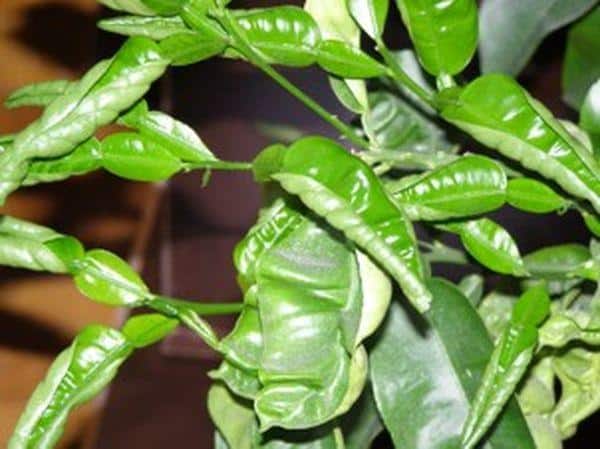
What to do when lemon leaves curl? First, find out the cause of the problem. The list shows the most common errors:
- Overmoistening. With increased humidity, the composition of the soil changes, it becomes swampy, the necessary substances no longer flow into the plant, and the roots rot. Lack of nutrition causes leaves to curl.
- Rare watering. Lack of watering is the most common cause of curling and leaves falling. Lemon is a moisture-loving plant that needs regular moisture.
- Low air humidity. This is another common mistake made by citrus growers, due to which the leaves begin to curl and dry out. This usually happens in winter, when heating makes the air very dry, especially if the plant is standing near a radiator.
- Drafts. Lemon does not tolerate sudden changes in temperature and drafts.From the cold wind, the crop begins to curl the leaves and turn yellow.
- Poor soil. A lack of microelements immediately affects the condition of the leaves. By exactly how the leaf plates look, they determine which element the lemon lacks.
- Diseases and pests. Curling of leaf blades is a symptom of some diseases and insect damage.
- Lack of fresh air. This problem usually appears in winter.
What to do if lemon leaves turn yellow and curl
If the lemon leaves begin to curl, it is important to analyze errors in care and eliminate them. In most cases, this is enough to correct the situation.
If the homemade lemon is in poor condition and its crown has already begun to fall off, more serious measures are taken. Overmoistening, prolonged exposure to drafts are factors due to which the plant will have to transplant. The citrus removed from the pot is inspected. Remove rotting and damaged roots, transfer the crop to disinfected soil.
Transplanted citrus is watered only after the soil has dried out. A root formation stimulator is added to the water. Spraying is carried out with a growth stimulator. In the first week, it is advisable to use additional lighting and keep the tree in greenhouse conditions (under a bag or film).
Attention! Lemon does not tolerate stress well. A sharp change in temperature or care technology, even for the better, leads to a deterioration in the condition of the plant. Therefore, it is better to correct the situation gradually.
If the soil is too dry, it is important not to immediately water the tree with a large amount of liquid so that it does not begin to shed its leaf blades. The soil is moistened gradually, pouring 1/2 tbsp every 2-3 hours. water.
Proper care of homemade lemon
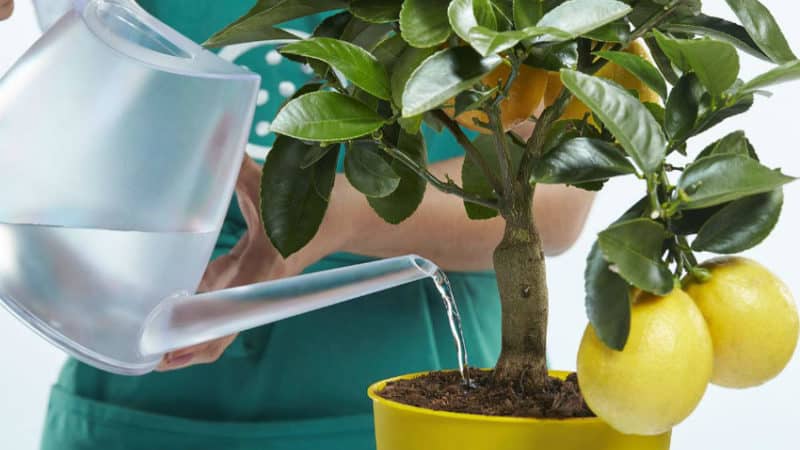
To understand why lemon leaves curl, it is important to learn the correct technology for caring for it. Then it will be easier to notice and eliminate the shortcomings that most likely caused the problem.
How to care for lemon:
- Watering. Citrus is moistened as the top layer of soil dries. In the warm season, this is done once every 1-2 days, and in winter - 1-2 times a week. Use only warm water (to prevent iron deficiency, add a few drops of lemon juice to the tap water to soften it). A drainage layer and holes in the bottom of the pot will help to avoid stagnant water and waterlogging of the soil.
- Feeding. Lemons often contain leaves at the same time. inflorescences and fruits. This takes a lot of nutrients. To prevent their deficiency, during the growing season the plant is fed every week, alternating mineral and organic fertilizers.
- Humidity. The humidity in the room should be quite high - 60–70%. In summer, daily spraying helps create optimal conditions. During the heating season, air humidifiers or containers with water are installed. The plant is not left near the battery.
- Temperature. The room temperature should be +19….+27°C. It is important to protect the plant from its changes. Before taking a lemon to new conditions, it is accustomed to them, gradually increasing the time spent there.
- Ventilation. Be sure to ventilate the room daily. At this time, the citrus is taken out of the room so that it does not get caught in a draft. In summer it is better to place the pot in the yard or garden.
- Crown rinsing. To clean the leaves from dust and prevent them from becoming infected, wash them in the shower once a month, covering the soil with film.Once a week, wipe the leaves with a damp cloth.
- Transplants. If the plant is in the same pot for a long time, insoluble salt formations form in the soil, and the root system becomes crowded. This leads to the fact that the nutrients supplied with fertilizing are not absorbed. Therefore, before flowering, the tree is replanted every year, and after the first flowering - once every 3 years.
If even one of the steps is performed incorrectly care there is a risk that the leaves will turn yellow and curl. Therefore, when such a problem arises, it is first of all important to make sure that agricultural technology is correct.
Attention! Leaves that have already curled often fall off even when the factor that caused the change in green mass is eliminated. Healthy greenery grows in their place.
Fertilizer
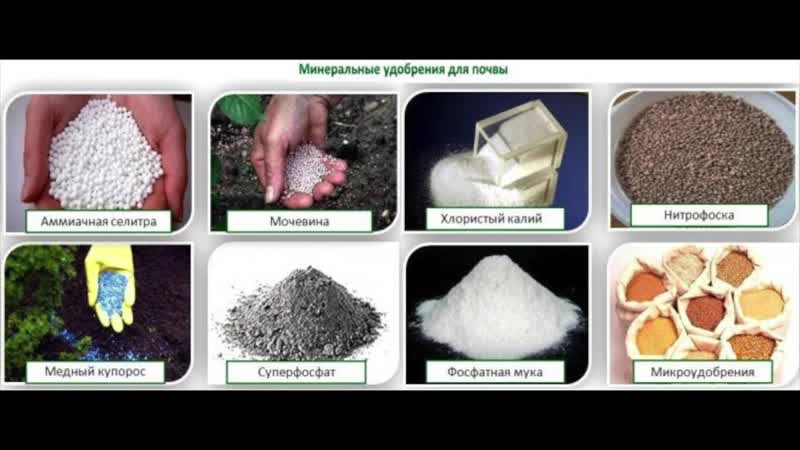
Based on the condition of the leaves, they determine which element the plant lacks and what kind of fertilizer will have to be used:
- Potassium. In this case, the young shoots dry out and curl at the top. To compensate for the deficiency of the element, potassium sulfate (20 g per 10 l) or another fertilizer with a similar composition is added.
- Bor. If there is a lack of boron, the leaf blades curl inward and translucent spots appear on them. Use complex fertilizers with boron and spray with boric acid (2 tablets per 1 liter of water).
- Copper. Lack of copper leads to enlargement and darkening of leaves, their curling inward at the edges. Complex fertilizers with microelements are used, foliar feeding is used, spraying the tree with 1% copper sulfate.
- Magnesium. When it is deficient, the lemon begins to curl the pale yellowed leaves into a boat. To replenish the element, fertilizers containing it are used.Some people use an infusion of banana peels, which are rich in magnesium.
In the complete absence of copper, the plant behaves differently than in its deficiency. Citrus leaves do not grow larger, but become smaller. Their edges become deformed and curl into a tube.
Leaf pests
Curling of the green mass is also observed when citrus is damaged by pests. Insects enter the apartment from other infected plants, through windows, undisinfected soil and planting material.
Spider mite
Spider mites most often attack indoor citrus fruits. At home, the red variety is usually started. Low air humidity is considered a provoking factor.
The insect feeds on the juice of young shoots and leaves. The defeat begins from the bottom of the crown. The inner side of the leaf plates is covered with cobwebs. Soon the edges begin to tuck inward. Without timely treatment, diseased leaves curl into a dense tube in which spider mites are located.
While the leaves are not yet wrapped in a tube, to get rid of pests, just wash the plant in the shower, covering the ground with film. After this, the tree is sprayed with a decoction of bitter herbs or a soap-ash solution at least 3 times. The interval between procedures should be a week.
Important! If folk remedies do not help, insecticides are used. In this case, the fruits that were on the tree during processing are not consumed. When using Akarina, lemons become edible after 2-3 days.
If the leaves have already curled, all affected parts of the plant are torn off. After this, the tree is washed in the shower and treated with anti-tick agents.
Aphid
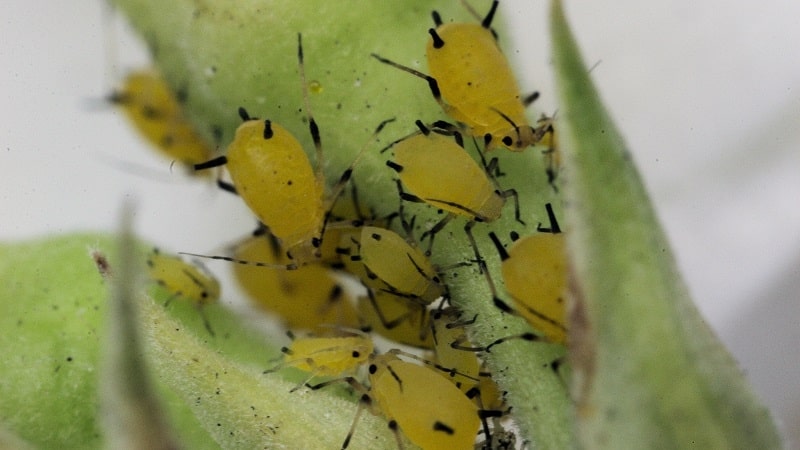
Aphids are insects that feed on plant juices.It multiplies quickly and settles in entire colonies on the lemon. Prefers young greens and shoots. It is most often found on the undersides of leaves and the tops of branches.
When infected with aphids, the green mass first turns yellow, then the leaves curl. Inside such packages are aphid eggs or their larvae.
To get rid of the problem, remove the most affected parts of the plant. The tree is washed in the shower, trying to remove all harmful individuals.
After washing, the lemon is sprayed with a soap solution, a decoction of bitter herbs, an infusion of onion and garlic or hot pepper. The procedure is carried out until the problem disappears, but not less than 3 times. An interval of 5–7 days is maintained between treatments.
Shchitovka
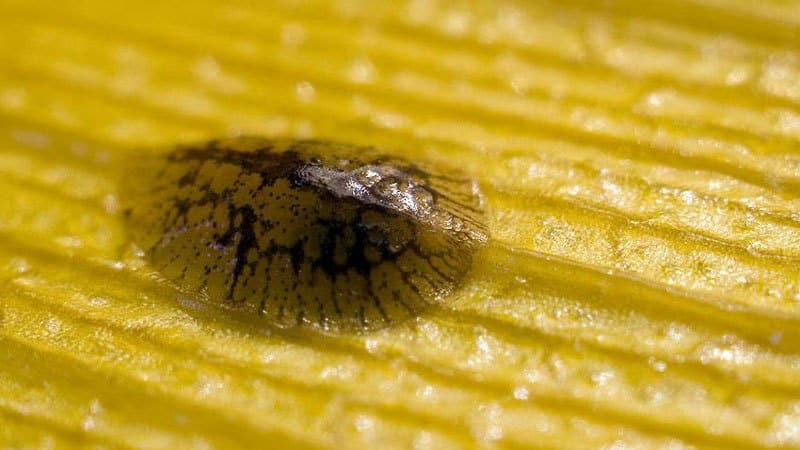
It is more difficult to fight scale insects than spider mites or aphids. The larvae of this pest attach to the shoots, bark and leaves of citrus and are covered with a chitinous layer. They feed on plant juices.
A sticky, shiny coating appears on the affected parts of the tree. Due to lack of moisture, the leaves begin to curl, turn yellow and dry up. Soon they fall off the plant.
Unlike aphids, thrips and spider mites, scale insects cannot be washed off with a stream of water, since the larvae are firmly attached to plants. In this case, the most affected parts of the plant are removed first. To remove the remaining insects, they are killed, after which they will easily come unstuck from the tree. The following methods are used for this:
- A bag is placed on the tree and secured with tape to the pot, leaving a hole on one side. Dichlorvos is injected into the hole. After 2 hours, the bag is removed and dead scale insects are removed with a damp cloth. The wood is rinsed in the shower.
- Problem areas are wiped with kerosene diluted with an equal part of water.The plant is covered with a bag and left in this form for 2 hours. Dead pests are washed off with water.
- Systemic insecticides are used.
After the procedure, be sure to carefully examine the lemon. If live pests are found, the procedure is repeated.
Thrips
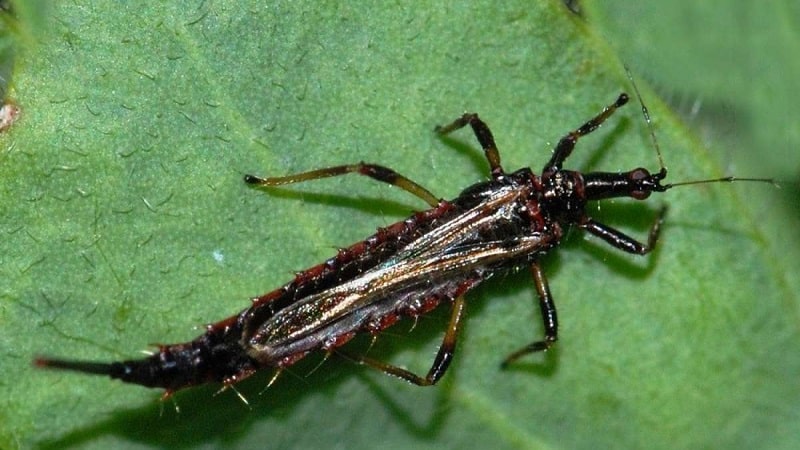
Thrips are another type of pest that causes leaf curling. The insects are small, adults have an elongated body, and small ones are transparent. They feed on plant juices and reproduce quickly.
On the underside of the leaves of affected plants, not only the insects themselves are found, but also their eggs. There are also large numbers of transparent individuals in the soil, from where they move to the plant.
The affected parts of the lemon curl and become covered with silvery spots and smudges. To get rid of the insect, the plant is washed in the shower. Then remove it from the pot, completely clean it of old soil and wash it again in the shower.
The lemon is transplanted into a new pot, in disinfected soil. They are treated with products that are used to combat aphids and spider mites. Carry out at least 3 treatments.
Sooty fungus in lemon and its treatment
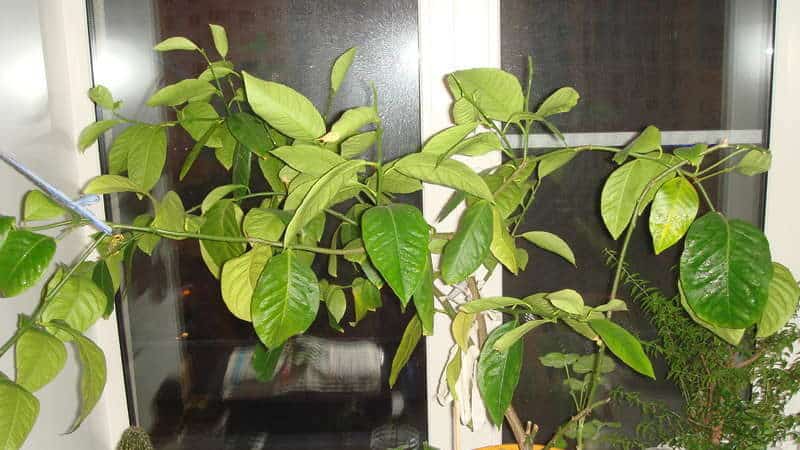
The cause of yellowing and curling of the green mass of citrus is not only errors in care and pests, but also infection. This usually occurs when the lemon is infected with sooty fungus.
The disease is easy to detect: the affected leaves become covered with a black coating. At the initial stage, it can be easily washed with a damp cloth. If the disease starts, the green mass dries out and curls.
To cope with a fungal infection, the twisted parts of the plant are torn off. Black spots are washed off with soapy water. Afterwards they are treated with copper sulfate or fungicide.
Conclusion
Curling leaves are a sign that the lemon is feeling uncomfortable. The problem can be caused by improper care, unsuitable conditions, infection with diseases and pests. If you do not pay attention to this symptom in a timely manner, the plant will die.
If twisted green mass is detected, the tree is checked for the presence of pests and diseases. If suspicions are not confirmed, analyze the care and eliminate all errors. If this does not help, transplantation and growth stimulants are used.